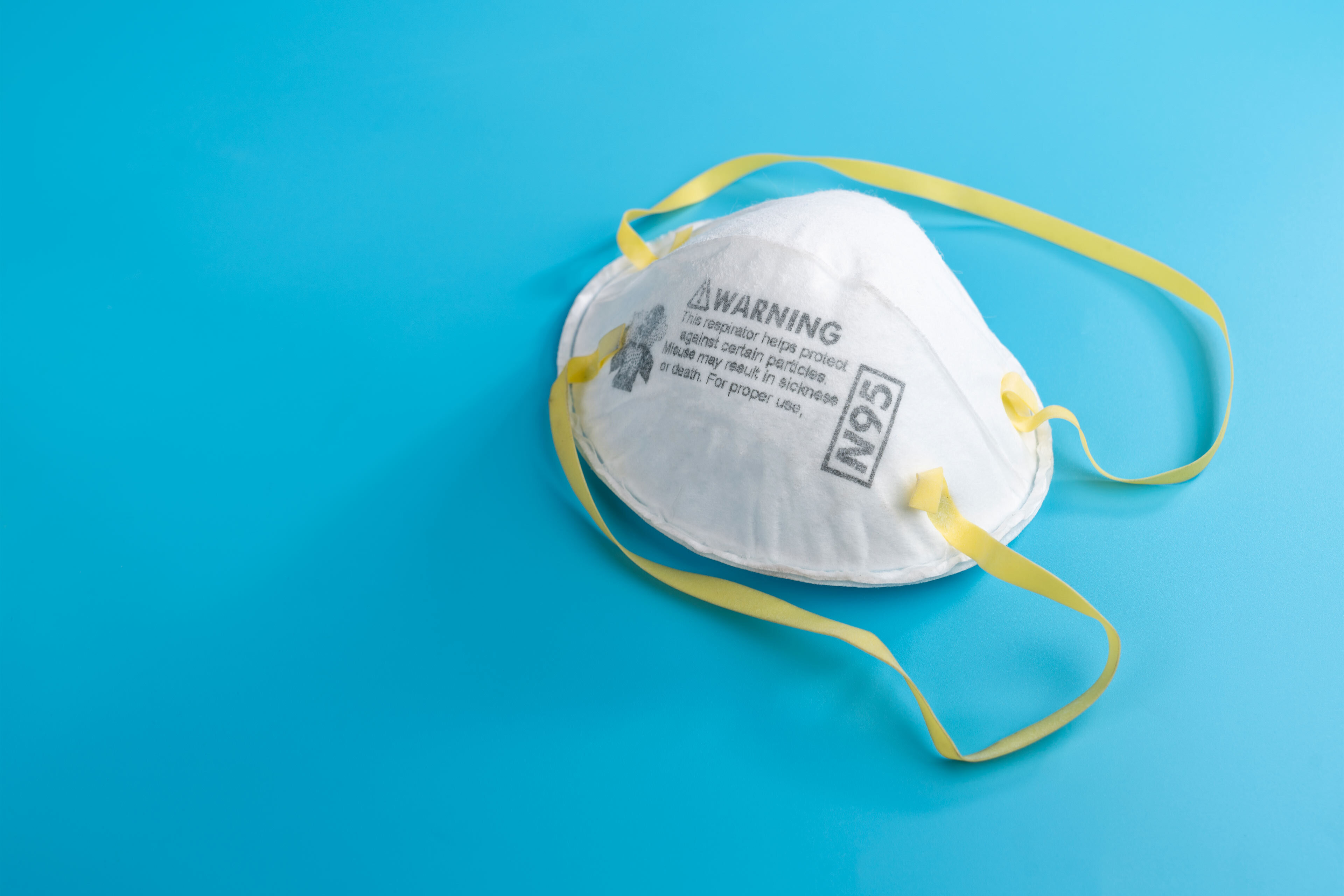Three years after more than 3,600 health workers died of covid-19, occupational safety experts warn that those on the front lines may once again be at risk if the Centers for Disease Control and Prevention takes its committee’s advice on infection control guidelines in health care settings, including hospitals, nursing homes, and jails. In early November, the committee released a controversial set of recommendations the CDC is considering, which would update those established some 16 years ago.
The pandemic illustrated how a rift between the CDC and workplace safety officials can have serious repercussions. Most recently, the giant hospital system Sutter Health in California appealed a citation from the state’s Division of Occupational Safety and Health, known as Cal/OSHA, by pointing to the CDC’s shifting advice on when and whether N95 masks were needed at the start of the pandemic. By contrast, Cal/OSHA requires employers in high-risk settings like hospitals to improve ventilation, use air filtration, and provide N95s to all staff exposed to diseases that are — or may be — airborne.
The agencies are once again at odds. The CDC’s advisory committee prescribes varying degrees of protection based on ill-defined categories, such as whether a virus or bacteria is considered common or how far it seems to travel in the air. As a result, occupational safety experts warn that choices on how to categorize covid, influenza, and other airborne diseases — and the corresponding levels of protection — may once again be left to administrators at hospitals, nursing homes, and jails or prisons.



In a hospital why ever risk it? It’s patient safety and your safety
Because healthcare that is run for profit is not run for the best health outcomes.
Oh, you know the answer.